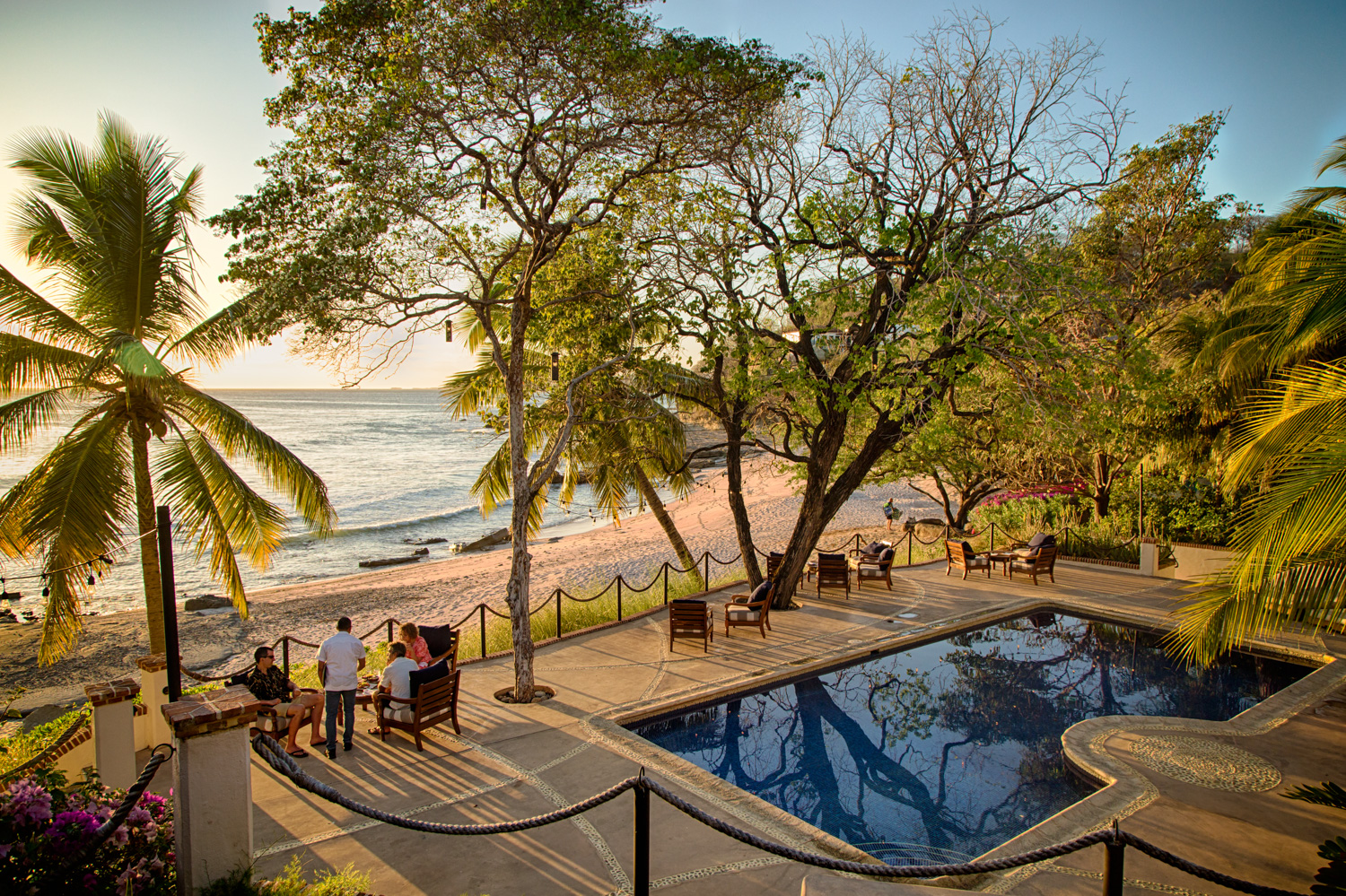
Did you know that The Republic of Nicaragua is the largest country in Central America? The beautiful country is sandwiched between Honduras and Costa Rica. Unfortunately, political unrests and negative press impacted tourism in Nicaragua for several years. But if you do go there, you will find that the reality is very different. Nicaragua is […]

Not many people have heard of Nosara, a small village on the western coast of Costa Rica’s Nicoya Peninsula. This quaint town is in the Blue Zone, which is one of the rare places in the world that supports longevity and good health. People who live in the Blue Zone often live over the age […]
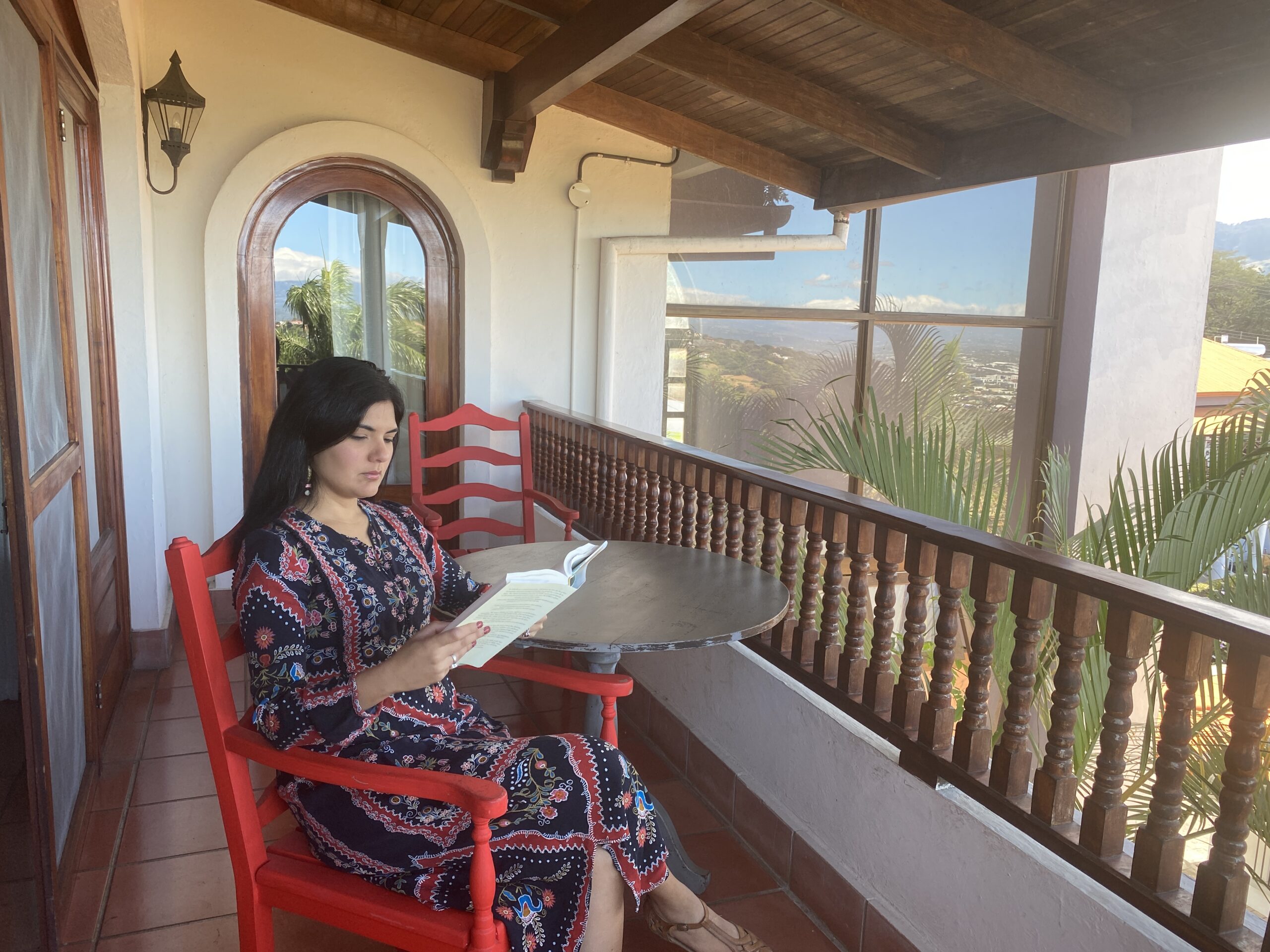
Getting your tooth pulled or having oral surgery while on vacation is something that you may have not ever thought about. But with increased costs of quality healthcare, more Americans are traveling abroad for dental tourism. In the past few months, I needed some very expensive dental procedures, which sent me researching for the best […]
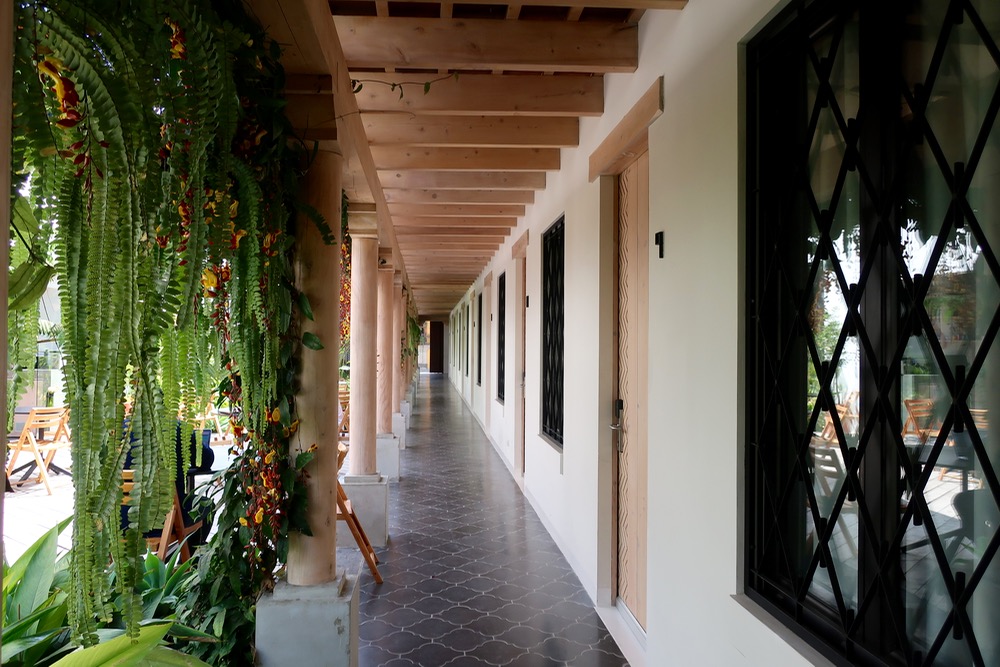
When I first learned about The Good Hotel in Antigua, Guatemala, I thought, what a neat idea! This socially responsible business thrives on reinvesting 100% of their profits into the local community. Started by Amsterdam born, Marten Dresen, The Good Hotel came about from a personal backpacking trip through Guatemala which led to opening schools […]
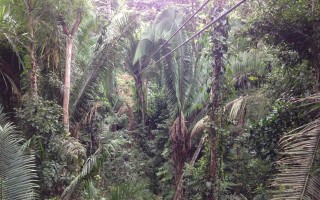
The longest zip line course in Central America is 2,300 feet long and located at Mayflower Bocawina National Forest near Silk Grass Village on the Southern Highway in Belize. Nestled amidst 7,000 acres of pristine lowland broadleaf forest in the saw-toothed Maya Mountains, the adventure center offers day and night time zip lining, waterfall rappelling and […]
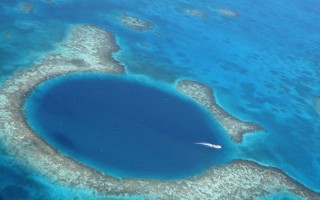
The Blue Hole located off the coast of Belize in Central America is the largest ocean sinkhole in the world, created by a collapsed underground cavern, hence giving the appearance of a dark blue circle amidst the turquoise sea. The Blue Hole measures 1,000 ft in diameter and 412 feet in depth. It is located approximately […]

When synthetic indigo came to market at the end of the 19th century, it virtually wiped out the indigo farming industry worldwide. But one lady singlehandedly decided to keep indigo alive in her country of El Salvador.

Pupusa is a traditional El Salvadorian dish made with a thick corn tortilla stuffed with fillings of pork (chicharrón) , mashed refried beans, cheese (queso), onions, mushrooms or chillies. The two most commonly found pupusas are the pupusa de queso (cheese) and more popular pupusa revuelta with mixed ingredients of cheese, beans, and chicharrón. Pupusas are served […]
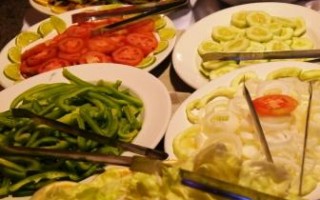
The cuisine of Honduras has influences of it’s neighboring Central American countries. Honduras was also a Spanish colony that included African and British settlers, so combines elements of foreign lands. It’s location makes it rich in vegetation with thick forests, vast farmlands and opening to the seas. Therefore, the food contains a variety of fresh […]
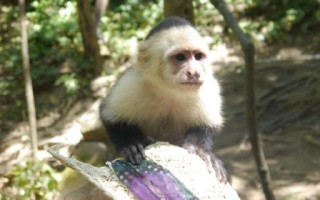
The island of Roatan off the coast of Central America is a green and blue paradise as seen from the sky. It is 35 miles of thick vegetation surrounded by turquoise blue waters. While most people come from around the world to dive and snorkel at the hundreds of dive sites around the island, there are also […]
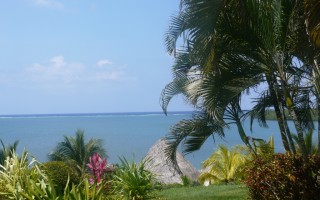
It is not a well-known fact but the secret is out. Roatan, Honduras is home to the second largest coral reef in the world. The entire 33-mile wide island is surrounded by a shallow reef with thousands of marine life that divers and snorkelers can enjoy. The reefs begin in as little as 20 to 40 […]